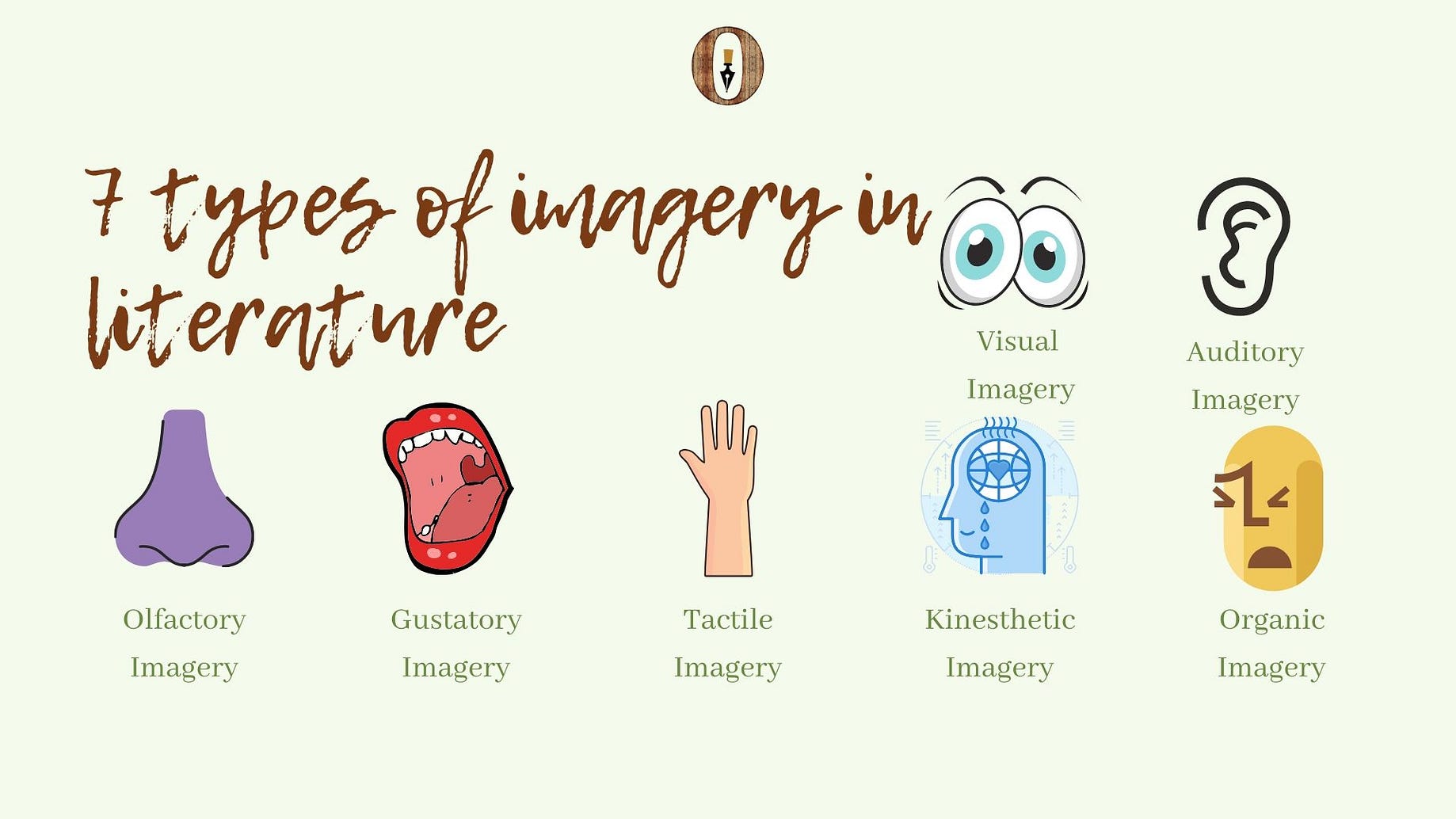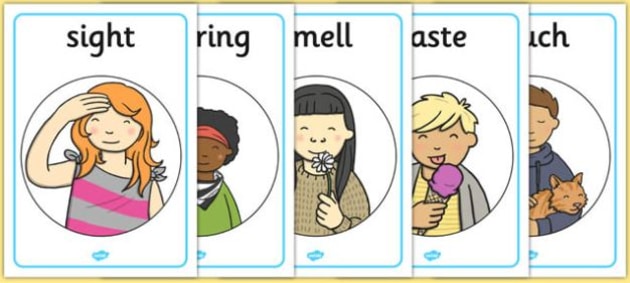

G uide to Literary Theory and Criticism, Johns Hopkins University Press, 2005. Concluding our research we should notice that the predominance of the auditory and visual imagery in Wilde’s poems can be explained by the idea of the aestheticism, which pays more attention to the way the object looks like (in fine arts) or sound (in music), so Wilde tried to use this approach in the poetry. T hey used in the poems in order to describes feelings and sensations of the author or of the characters directly.

The kinesthetic and organic imagery is less used in the poems of Oscar Wilde, but we found several examples of them. T hese types of imagery help Wilde to make a vivid picture in the poem and to translate the idea of feeling and thought by the means of colour and sound. H e used many adjectives which describe colour and other visual characteristics. T his type of the imagery is the most wide used in the poetry of Oscar Wilde. T he visual imagery is used when it is necessary to describe the images we perceive through our eyes. H e not only described the sounds and used the alliterations, but also he used the auditory imagery to describe silence.

O scar Wilde used auditory imagery in his work. Here we can name all the information we get from our ears, including the onomatopoeia, alliterations, direct describing of the sounds. The auditory imagery connected to the audible perception. According to this there are five main types of the imagery. I t helps the authors to make their work more vivid and bright. The term imagery refers not only to the visual perception, but to the perception with all our senses. T he second chapter represents the practical analysis of the poems. The first chapter of our research was dedicated mostly to the theoretical survey of the use of the imagery. A ccording to the tasks we set in the introduction, we may sum up several points. T hrough its usage the author shows the features of his perception of the world.Ĭ onclusionIn the conclusion we would like to give a brief resume of the work that has been done. & lt …>Predominance of the auditory and, especially, visual imagery is a special trait of Wilde’s poetry. Or example: Brushed his pale cheeks, and breathed their secret forth into a sigh. There are examples of the kinesthetic imagery from the same poem: And felt her throbbing bosom, and his breath came hot and fastEnough, enough that he whose life had beenA fiery pulse of sin («Young Charmides»)Even when the author describes the feelings he uses the visual and audible images. H ere some examples from the poem «Young Charmides»:Young Charmides was lying, wearily In that wild throb when all existencesSeemed narrowed to one single ecstasy. T he examples of the organic imagery are fewer in the texts, especially in comparison with the auditory and visual imagery. T here is a strophe in the poem «Theocritus» based on the auditory imagery: Still by the light and laughing seaPoor Polyphemebemoans his fate O Singer of Persephone! Though there are several visual images the function of the auditory imagery here is more noticeable, because the key words of the strophe refer to sounds (moaning, laughing, singing). The adverb «lightly» refers here both to the auditory and kinesthetic imagery, but it is more auditory than kinesthetic, because here Wilde described not only the sense of touch, but mostly the audible characteristic: the author asks to step lighter, because his sister is «sleeping» here and one should not wake her up by the loud steps. Here the first lines of the poem: Tread lightly, she is nearUnder the snow, Speak gently, she can hearThe daisies grow. T he absence of the sound appears also in the other poem, «Requiescat». So the author used the word which refers to the sound in order to make the absence of the sound more vivid. Here the silence deepens by the remark that there is no sound save for the «cry that echoes shrill». Lt …>Save for a cry that echoes shrill The answer from the misty hill. T he author describes sounds in the poem or underlines their absence: Deep silence in the shadowy land, Deep silence where the shadows cease. Here are other examples of the auditory imagery in the text of the poem which refers not directly to our ears. I t is possible that the opportunity to use this alliteration was one of the reasons why the author preferred the French title to the English one. I t is necessary to point out that in the title of the poem we can find an example of alliteration: the sound is found in the four out of five words in this title.


 0 kommentar(er)
0 kommentar(er)
